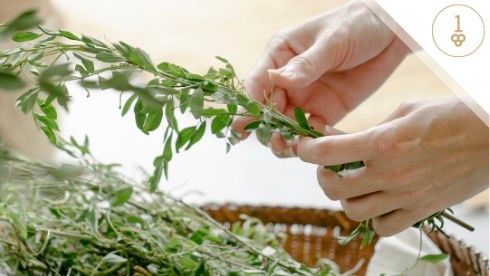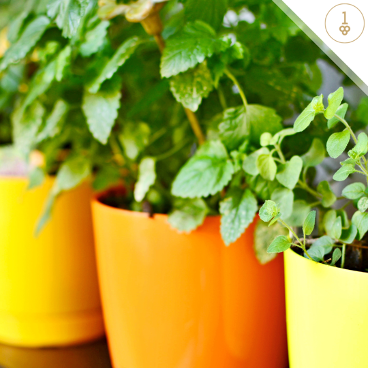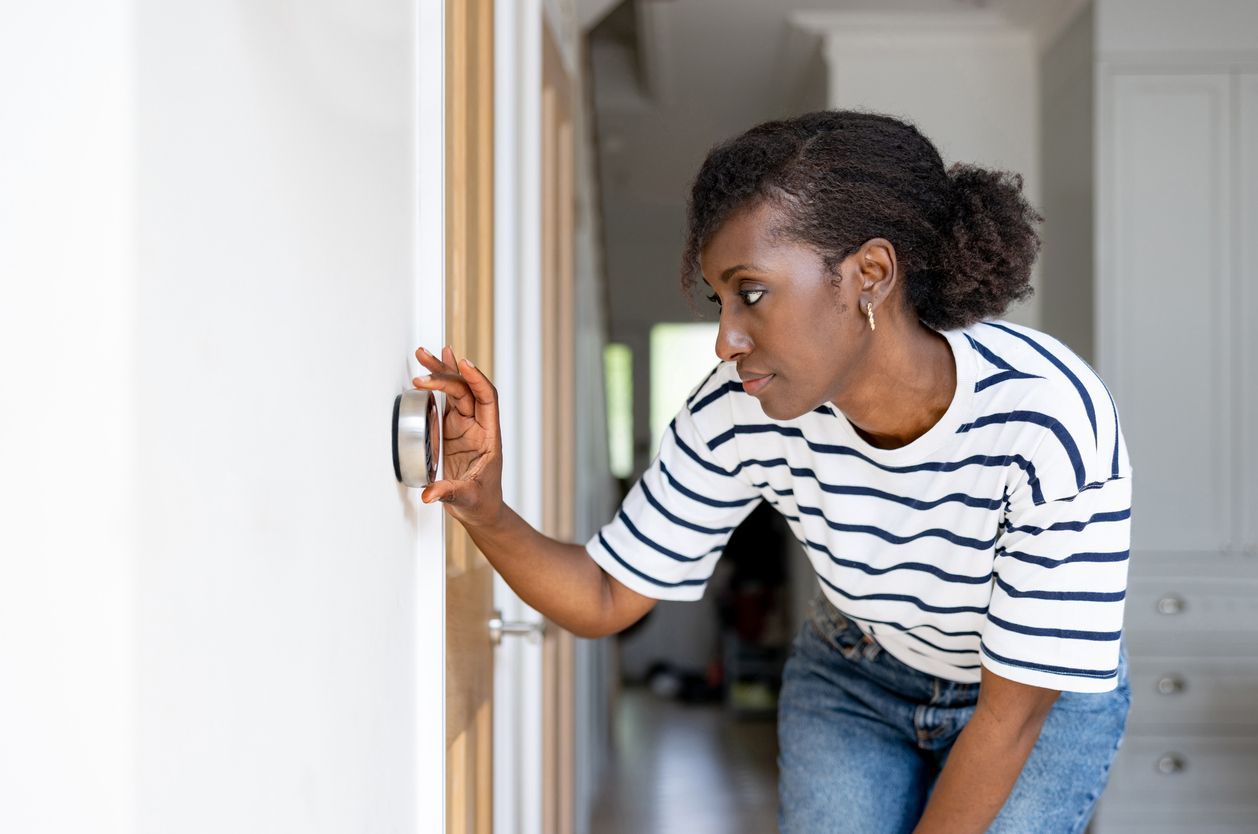Growing an Edible Herb Garden: 5 Tips for Beginning Gardeners

if your jarred, dried spices are feeling flavorless or if you’re frustrated with discarding store-bought fresh herbs that wilt before you have the chance to use them, there is a simple solution. Grow an edible herb garden.
Here are 5 tips for growing an herb garden:
Plant Outside in Elevated Beds or Flowerpots
Herbs grow best in full sun, meaning at least 6 hours of direct sunlight each day. Planting your herbs outside presents the ideal environment. It helps you avoid the detrimental effects of a dry indoor atmosphere on plants, which can become a home for mites and gnats.
Plant your herbs in pots right outside your kitchen door, mount them in a window box beneath your kitchen window or place them in arm’s reach of the barbecue out back. Then when you’re ready to cook, you can easily harvest what you need when you need it.
Why plant in an elevated bed or flowerpot, instead of directly in the ground? When you plant in the ground, you have very little control over the soil quality, pests’ access, and other environmental factors. Raised beds generally warm up more quickly and drain better. They can also be moved to ensure they’re getting direct light all season long.
Plan for Proper Light Inside
If you need to keep your herb garden indoors, or if you’re planning an indoor herb garden for year-round enjoyment, strategize ways to ensure they’re receiving the proper amount of sunlight. If you have an unobstructed south-facing window, set your herb garden to rest there. If not, use a plant light with a regulated timer switch to guarantee that the light is on for the proper amount of time each.
Under the gray winter skies, even in a south-facing window, indoor herbs may require a plant light to thrive. The available daylight may not be strong enough on its own.
Start with Baby Plants
It’s tempting to start your herbs as seeds, but it’s only really recommended for serious, experienced gardeners. Seeds need weeks to germinate in advance and are sensitive to environmental conditions in the early fragile growing stages.
Start your garden with small herb plants that are already established to ensure success and get you off the ground running.
At some local garden shops and home stores you can find beginner garden kits that are already germinated with herbs that grow well together or herbs that thrive in your local area. Give yourself a leg up and check out what’s available before getting started from scratch.
Grow What You Eat
There are so many interesting herbs you can plant, but for your first go, stick to what you eat most often. You’ll be more inspired to tend to your garden patch if you’re visiting it regularly.
If you’re not sure where to get started, a good starter selection in our region contains basil, mint, parsley, oregano, and/or dill. Most recipes call for at least one of these herbs and most dishes would be enhanced by one or more of these fresh herb flavors.
Trim Properly
Herbs, like every other plant, require careful trimming and maintenance. You may be tempted to rip leaves off as you need them indiscriminately, but this can stop your plant from growing and eventually kill it. Do your research on various herbs to find out when and how to trim them. Generally, the rule is to never let them bloom and trim flowers off as you see them. Once a plant begins flowering, the nutrients previously stored in the leaves are diverted to the flower.

Related Post: Short on Light? These 4 Houseplants are For You
Related Post: Making the Most of a Small Kitchen










